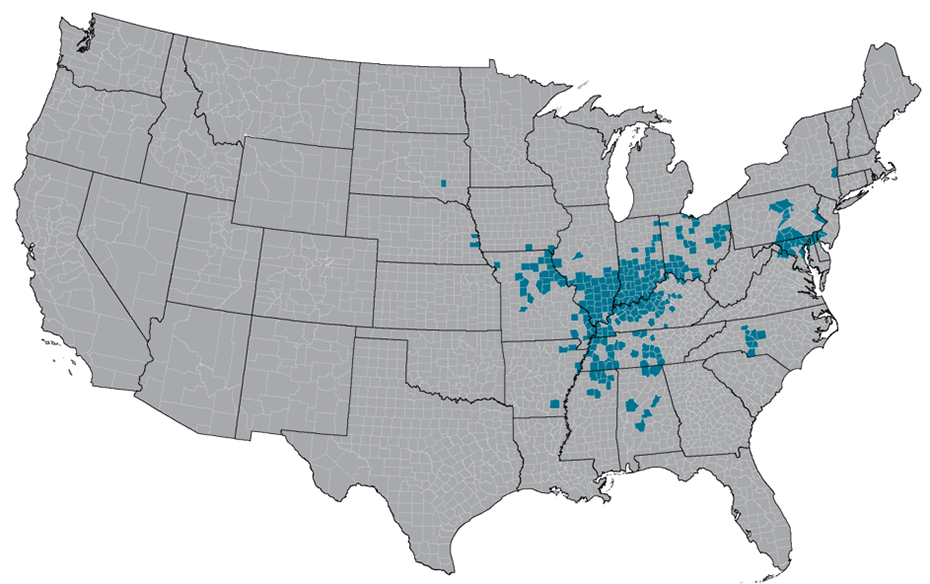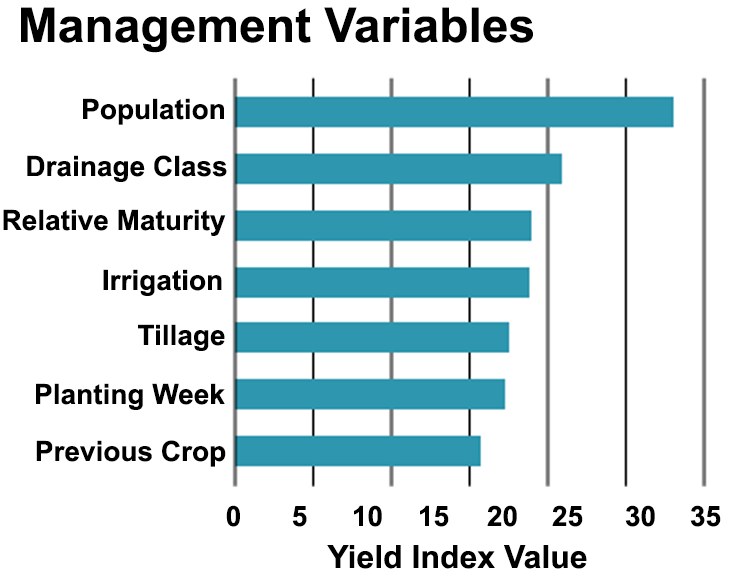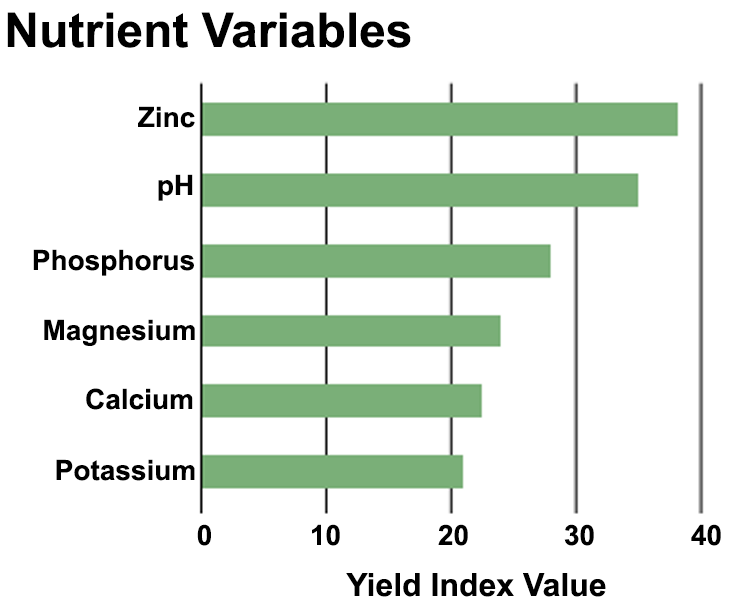Our unmatched team of local professionals live and work in your community. They’re ready to help you select products with superior yield potential and provide year-round service and expertise. Have questions? Ask your local Pioneer sales representative today.
Find My Local TeamWhat is The Pioneer® Yield Pyramid™ Decision Tool?
We’re glad you asked! Because our Pioneer agronomy team has spent over a decade gathering on-farm data to create a comprehensive method to help take your corn yields higher than they’ve ever been before. Site-specific weather and soils data from over 70,000 locations were used to create genetic environment management (GEM) zones. We’re exploring 1 of ten of those zones, the Eastern Corn Belt.


